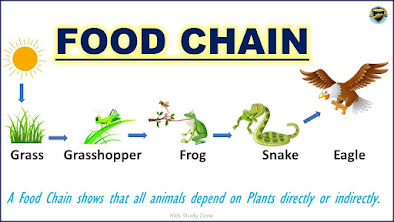How we move.
Our body moves in response to signals from the brain. These signals travel through the nervous system to our muscles. Our muscles contract and relax to allow us to move.
The muscles are supported by the skeleton and joints. The whole system is called the locomotor system.
1-The skeleton
The skeleton is made up of bones. There are three types of bones.
• Short bones, such as the vertebrae in the spine,
• Flat bones, such as ribs and the pelvis,
• Long bones, shape limbs
2-The joints
Our bones are connected at the joints. There are three types of joints.
Fixed joints do not move. The parts of the skull are connected by fixed joints.
Semi-flexible joints, such as the vertebrae in the spine, only allow a small amount of movement.
Flexible joints, most joints in the body are flexible. They are important for movement.
(Draw in your notebook)



















